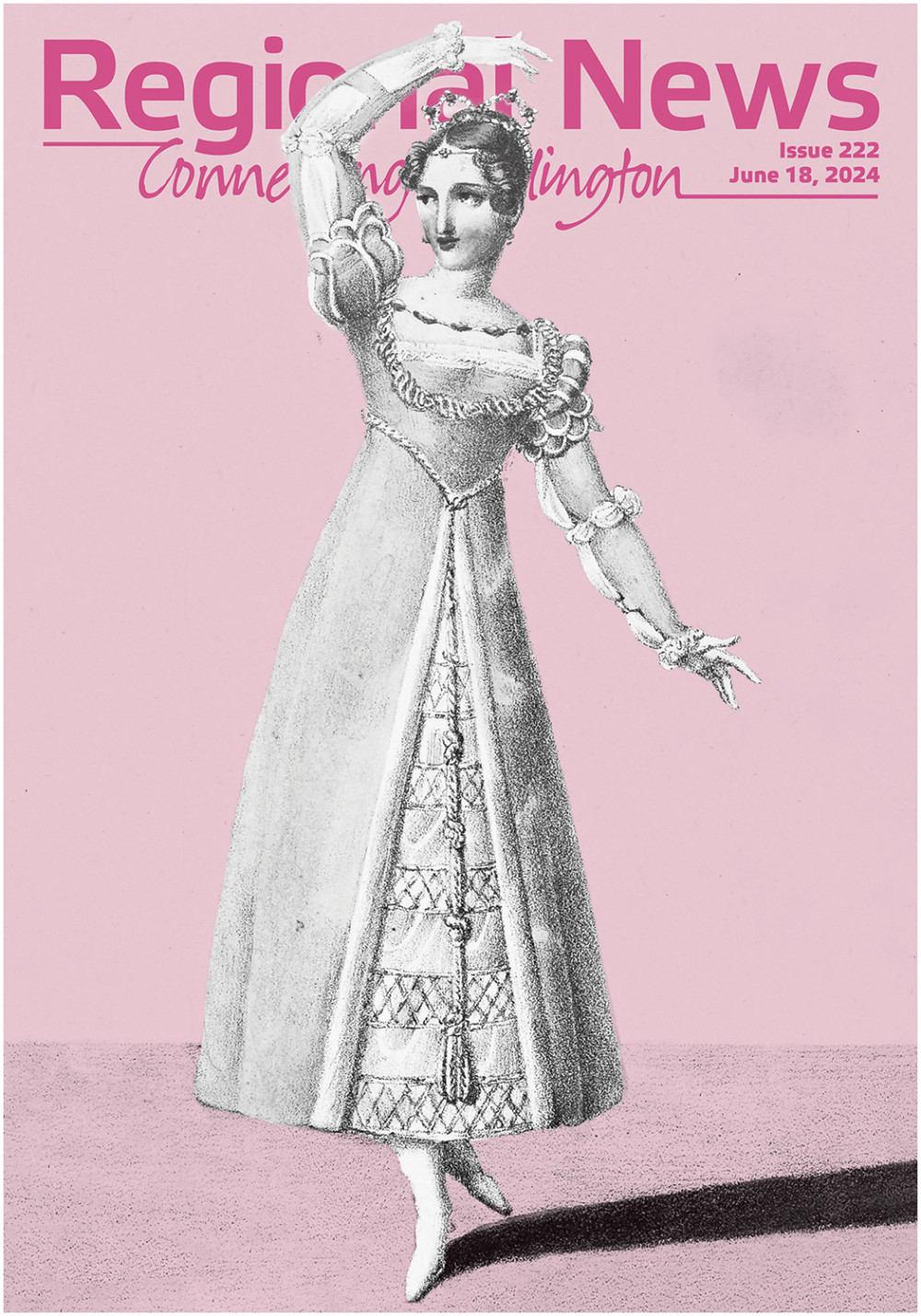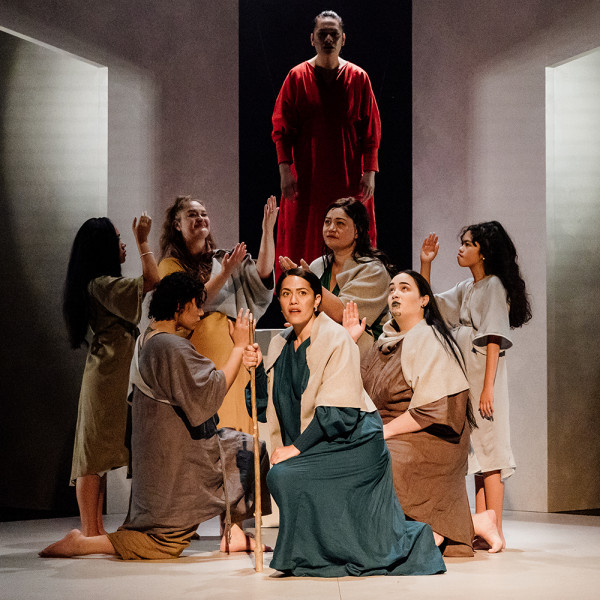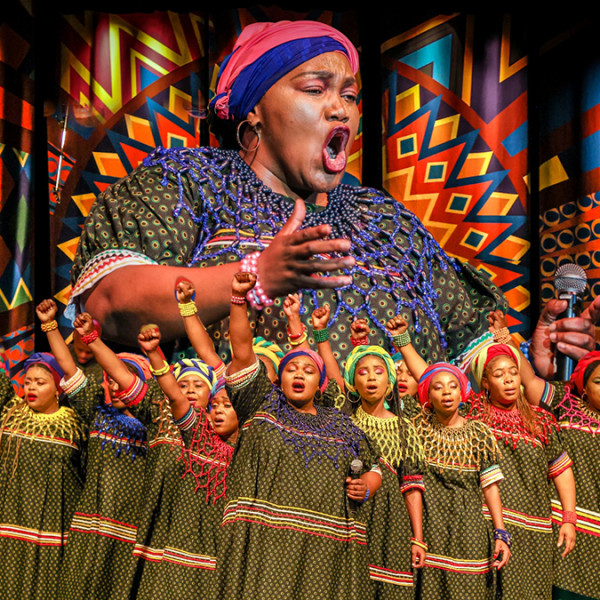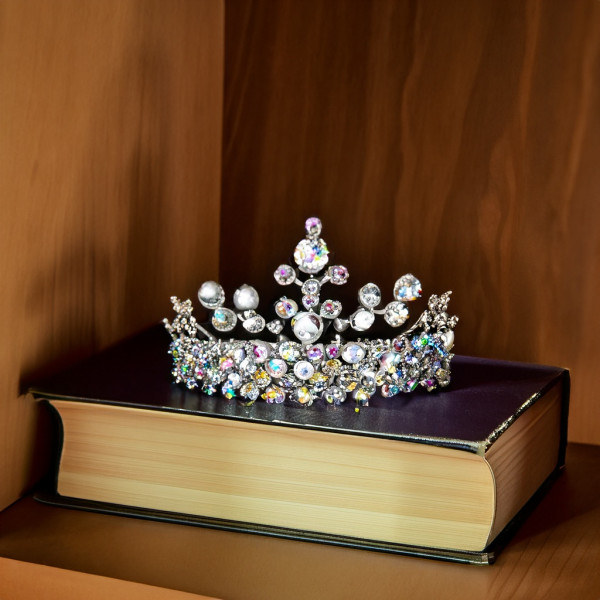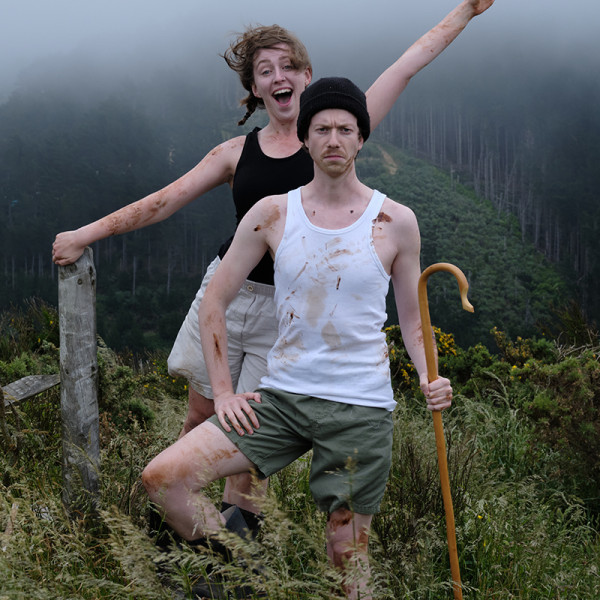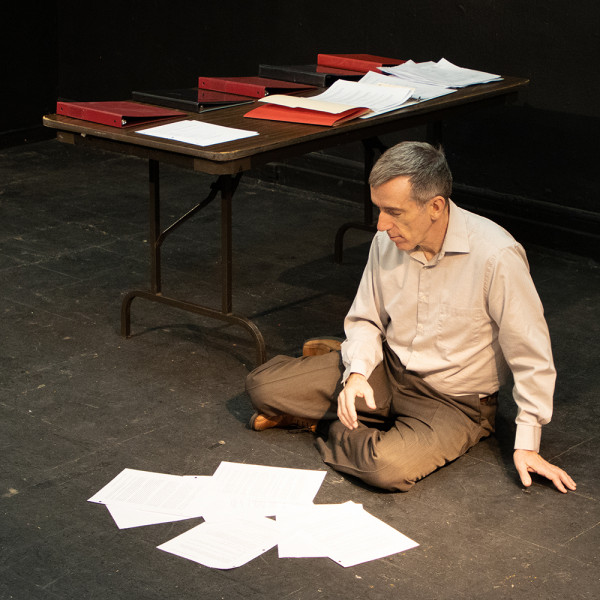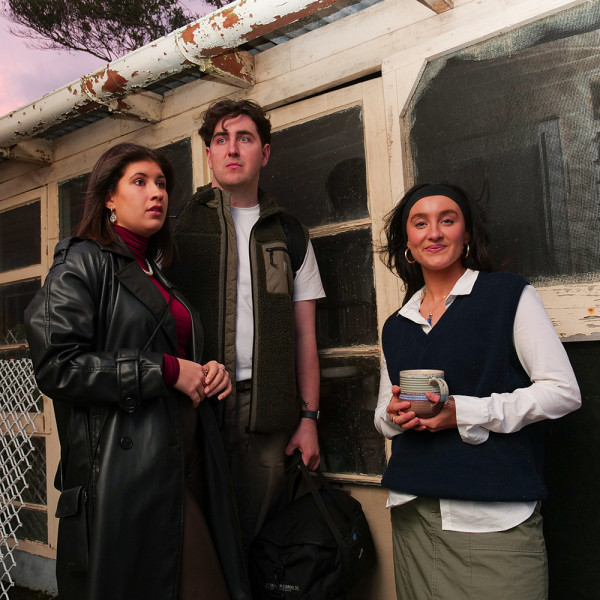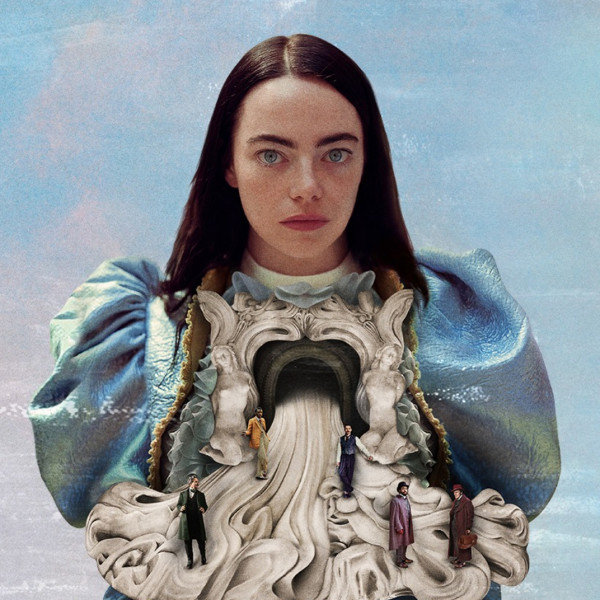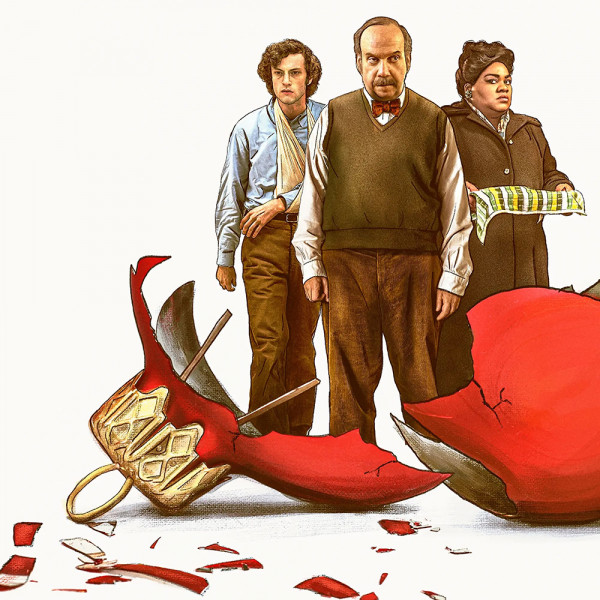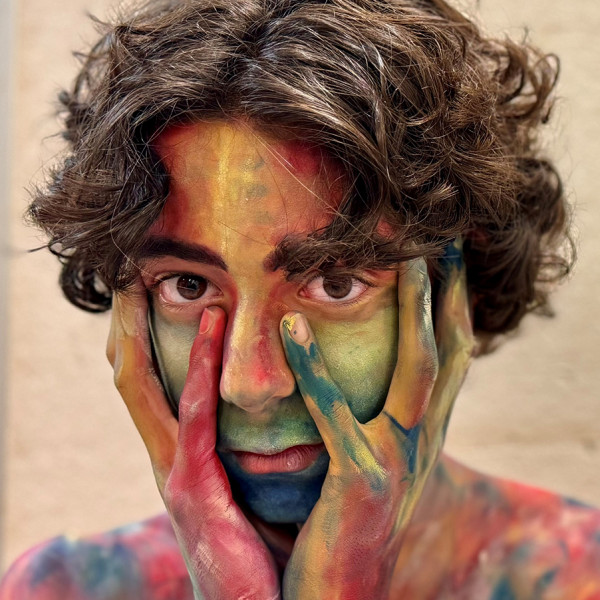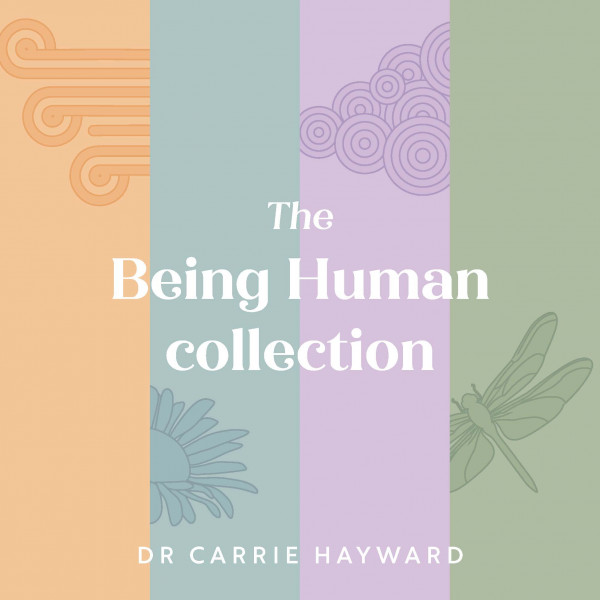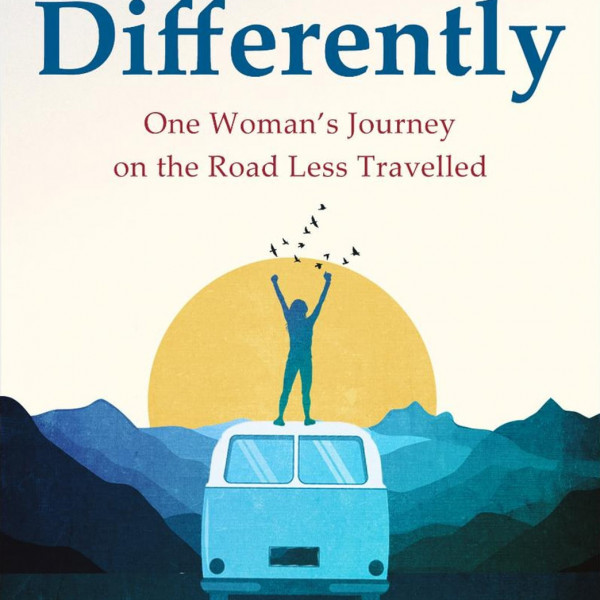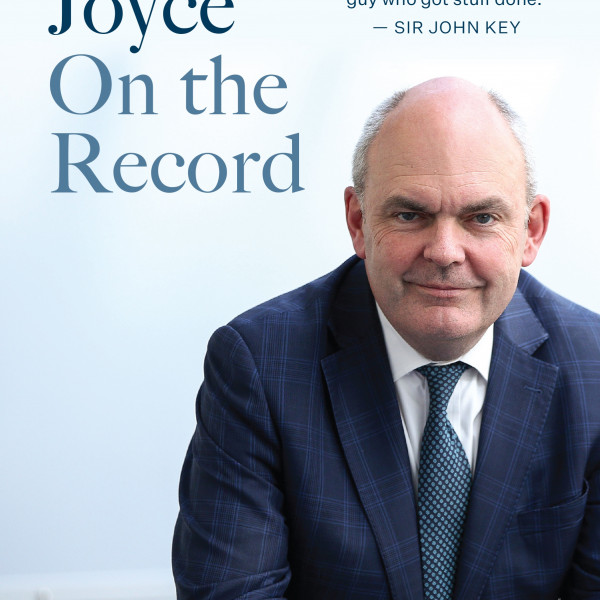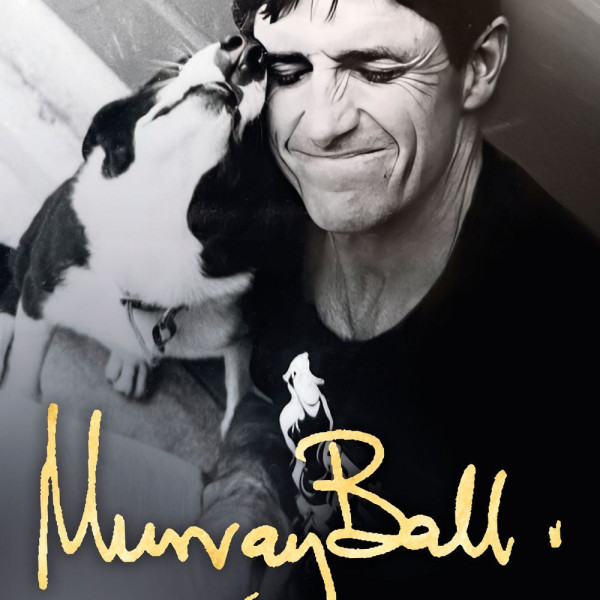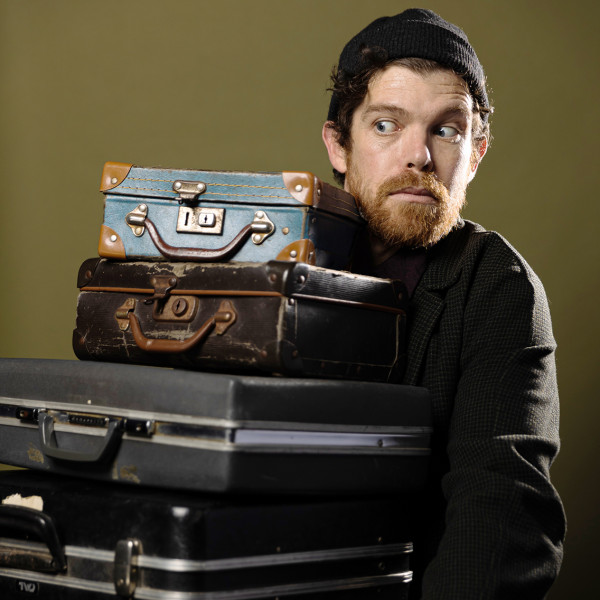
The Suitcase Show
Written by: Ralph McCubbin Howell
Directed by: Hannah Smith
Gryphon Theatre, 1st Mar 2024
Reviewed by: Madelaine Empson
Imagine the kind of tingly, eerie warmth that would course through your veins if you were listening to a Brothers Grimm fairytale by a roaring fire with a glass of whisky in hand. Now imagine the person telling you that story is building a whole world around you, enhancing every beat with shadowplay and spooky soundscapes, projections and puppetry.
That’s the closest I can come to describing a Trick of the Light Theatre show. Few words are capable of capturing the magic this innovative theatre company brings to the stage. Every time.
The latest entry in the canon, The Suitcase Show follows a traveller (Ralph McCubbin Howell) who’s been flagged by security (Hannah Smith) for possessing a number of suspicious items at the airport. In some dingy backroom, the traveller unveils the contents of each suitcase one by one, sharing the stories contained within to an automaton officer who just wants to know if those matches are flammable, actually.
While seemingly unconnected at first, the stories are woven together by a thematic thread that I won’t uncoil here. Each one is told with trademark Trick of the Light flair and effects that are special in all senses of the word. A moving trainset appears out of thin air; a rickety overhead projector unfolds to the beat of a retro space theme (sound design and composition by Tane Upjohn Beatson); a miniature town materialises, lit from within as if by magic; a love story for the ages plays out with nought but four LED lights and two hands (McCubbin Howell in a show highlight). It all climaxes in a hilarious scene featuring videographic wizardry (Dean Hewison) and two end-of-line officers (Anya-Tate Manning, Richard Falkner) tasked with screening the contents of the traveller’s last case. Prohibited items doesn’t begin to cut it.
Trick of the Light Theatre are self-professed notorious tinkerers. As someone who had the privilege of seeing The Suitcase Show twice, the only critiques I would have made had already been addressed by the second show. The only feedback I’ve got left now? Amazing.



